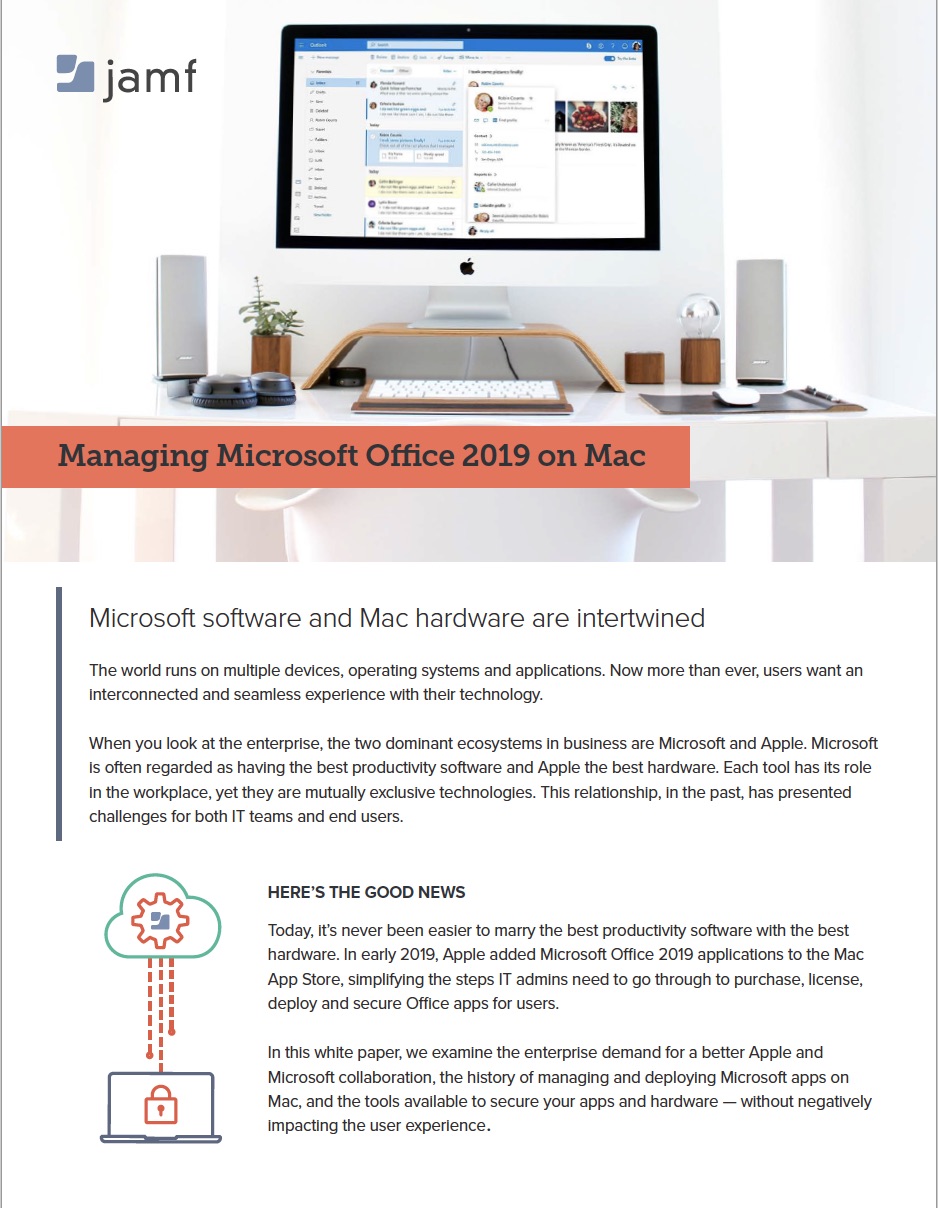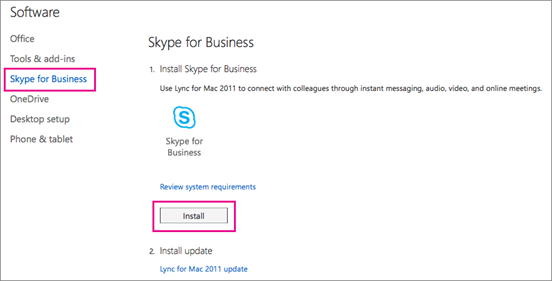

- #Deploying mac for business for mac
- #Deploying mac for business drivers
- #Deploying mac for business Patch
- #Deploying mac for business pro
For example, even if you don't need the French language resource files for Excel, don't delete them. Don't add, change, or remove files in an app bundle. This means that you can't customize the app bundle before or after you deploy Office.
#Deploying mac for business for mac
If you are interested in finding out more, please contact Moof IT at or calling us on 02.To help improve security, Office for Mac has implemented Apple app sandboxing guidelines.
#Deploying mac for business pro
Jamf pro has a wide number of benefits that include: To be able to deliver a centralised deployment & management solution, Moof IT would propose configuring & deploying Jamf Pro to manage Macs This is at best impractical at worst impossible in an educational environment.įurther details on this can be found in this Moof IT blog What would Moof IT propose?
#Deploying mac for business drivers
In addition to this, any third-party kernel extensions (generally drivers for external devices), will only load if the user approves them in System Preferences. There is a way to avoid DEP using a traditional installer package, but this will require a ‘User approved MDM’ (UAMDM) whereby users must manually authorise any enrolment in an MDM solution. With secure boot, the only automated way to deploy settings & applications will be via Apple’s Device Enrolment Programme (DEP) in conjunction with a suitable MDM. The impact of this is that the methods DeployStudio utilises to deploy a Mac will cease to function.Essentially, Apple have inhibited the ability to include any additional applications or settings in an OS build using this imaging method. This ‘secure boot’ feature is expected to be rolled out to all Mac devices as part of the release of macOS 10.14.
#Deploying mac for business Patch

The only way to get an OS on the Mac is by using Apple’s official installer. On these machines, you cannot boot from a network drive or deploy an OS image to the hard drive.

The ‘secure boot’ feature has been introduced with the release of the iMac Pro. The second and more major issue is Apple’s introduction of ‘secure boot’. Image deployment will not be possible on macOS 10.14 onwards.On 10.13, the NetBoot process has slowed further and it is not uncommon for the process to take up to 15 minutes, which in many cases causes the boot process times out. With the introduction of 10.12 this slowed considerably to circa 10 minutes. NetBoot used to take circa 5 minutes to boot on a Mac running macOS 10.11. NetBooting onto a macOS 10.13 NetBoot image performs very poorly.What are the problems with using DeployStudio?Īlthough the above process sounds simple and efficient, in reality, there are a number of drawbacks of using DeployStudio. In addition, this workflow is automated, meaning that the Mac is ready for use with minimal technical input. The main benefit of this system is that you can add settings and installers to the OS image file or deployment workflow. By NetBooting and deploying a “workflow”, the target Mac gets an OS, named sequentially and can be joined to AD and have any other apps and settings deployed as required. DeployStudio is a robust tool used to deploy Macs which has had particular success in education as although it is not as agile as some other tools, it allows for easy replication of a core Apple image build and easy naming conventions.ĭeployStudio relies on booting the target Mac up from a network shared disk via the NetBoot utility and deploying an image file (.dmg file) containing the new OS.


 0 kommentar(er)
0 kommentar(er)
